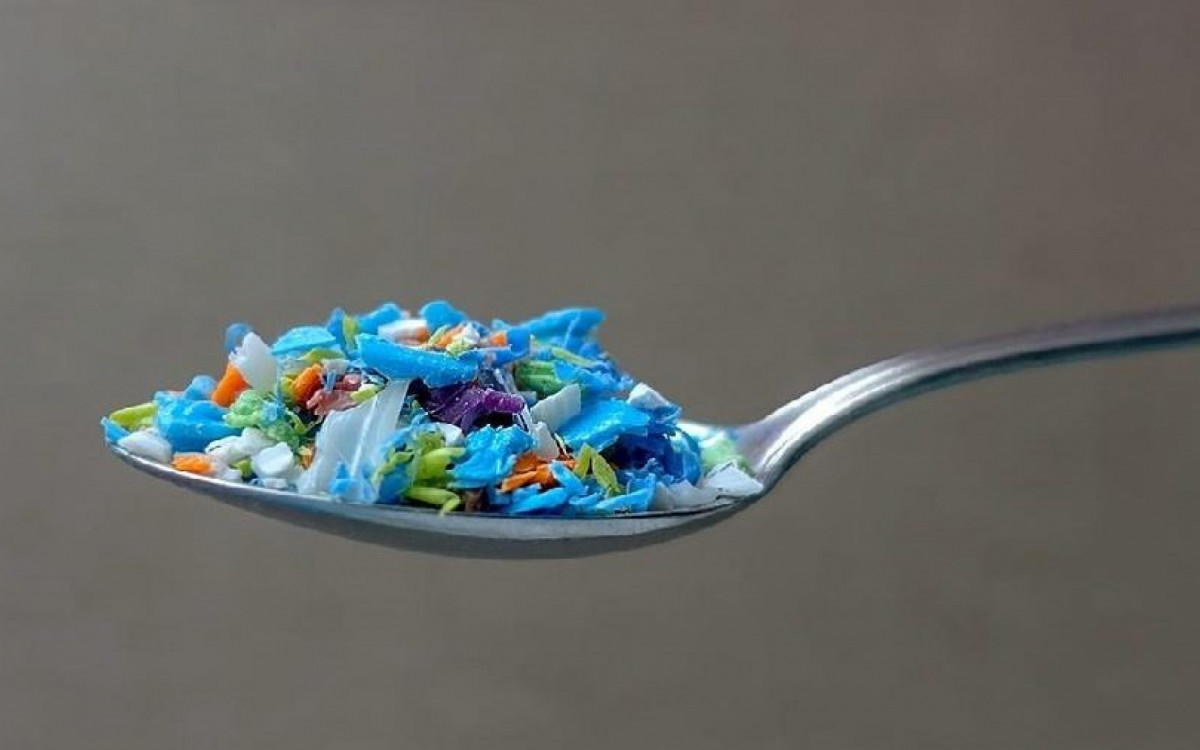Analysis identified plastic fibres and microplastic particles in half of the brains studied.Disclosure / Vrije Universiteit Amsterdam
Posted on 09/18/2024 at 17:44
An analysis of the brains of 15 dead people revealed the presence of microplastics in the so-called olfactory bulb. The result is the result of research between the University of São Paulo (USP) and the Free University of Berlin, published in the scientific journal JAMA Network Open.
This area of the brain where the molecules are located is responsible for creating olfactory impressions, so researchers believe that the substances entered the brain through the nose, by inhaling microplastics in the air. The olfactory bulb is also connected to other important brain structures, allowing, for example, to associate a certain smell with increased appetite or recall of a memory.
According to the leader of the research, Thais Moad, professor at the Faculty of Medicine of the University of São Paulo (FMUSP), the damage to this area weakens the sense of smell, but there is no evidence yet whether the presence of microplastics will affect the sense of smell. It could lead to any olfactory or neurological disease. Only through new studies will it be possible to determine the damage caused by these intruders in the area.
“The entry of nanoplastics through the olfactory pathways is of concern, because of the ability of these particles to be taken up by cells and interfere with cellular metabolism. The risk may be greater in children, whose brains are still developing, with the potential to cause terminal illness and changes in adult life,” warns the researcher.
The 15 brains analyzed in the study belonged to people from São Paulo, with different professions, who died mainly from causes related to the lungs and heart. The analysis, carried out at the National Synchrotron Light Laboratory (LNLS), in Campinas, identified fibers and microplastic particles in eight of them. The most common plastic was polypropylene, which is commonly used in clothing, food packaging and bottles.
Entrance door
The scientist recalls that these microplastic particles have already been found in different parts of the body, but this is the first time they have discovered that the particles can overcome the so-called blood-brain barrier (BBB). “It’s a barrier between the blood and the brain tissue. It’s special to ensure more protection,” he explains.
Since the molecules were present in the olfactory bulb, the leading hypothesis is that they were inhaled.
But microplastics can't just enter the body through breathing. “There are also studies in mice that show there's absorption even through ingestion,” the researcher adds.
Once inhaled or swallowed, these tiny plastics enter the bloodstream and travel throughout the body.
This discovery reinforces the fact that the increasing use of plastics is changing nature in some way. In the seas, for example, it is already known that these materials, which take about 500 years to decompose, are killing animals. Among humans, some of the consequences of exposure to plastics and their additives include endocrine disruption, decreased fertility and heart disease.
The study was supported by the Plastic Soup Foundation, a member organization of the Plastic Health Council. This group of scientists, leaders, and activists works to ensure that the UN global treaty on plastics addresses the impacts on human health.

“Wannabe internet buff. Future teen idol. Hardcore zombie guru. Gamer. Avid creator. Entrepreneur. Bacon ninja.”

